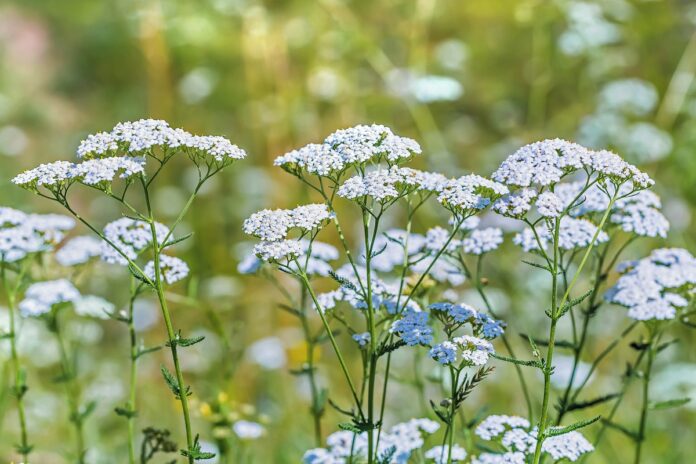Although it is commonly considered a weed, yarrow (achillea) can be a friend indeed by attracting beneficial insects; in fact, for many gardeners, it can be just what the doctor ordered!
Named after one of mythology’s greatest heroes, Achilles, these plants have quite the legendary reputation. Greek mythology asserts yarrow sprang from the metal scrapings of Achilles’ spear and, historically, dried yarrow leaves really were used to staunch wounds sustained in battle.
Strange really, considering the aforementioned ‘immortal’ Greek is said to have perished due to a wounded heel, causing him to turn up his toes as it were. Perhaps his spear wasn’t where he needed it on that fateful day.
While Achilles fell afoul of an arrow, and wasn’t saved by a yarrow, even today many swear by the plant’s medicinal properties. It is still used to reduce bleeding and is said to have anti-inflammatory and antiseptic properties.
However, it should not be used by those with an aversion to aspirin and it can cause photosensitivity, leading to sunburn for those who overindulge. And, as with any natural remedy, it pays to check with a healthcare professional before use.
As mythology is ‘all Greek’ to some, let’s turn (very briefly!) to Latin instead. From the Asteraceae family, achillea or yarrow comes in many varieties. These herbaceous perennials grow to just under a metre in height, sprawling to a little over half a metre in width.
Blooming from late spring through until early summer (some varieties flower right up until autumn), yarrow plants feature flowers in a range of colours, including white, yellow and red. Preferring free-draining soil and full sun, yarrow requires little in terms of care to prosper.
Natives of Europe and parts of Asia, some types of yarrow are commonly found in pastures throughout New Zealand.
Seeds can be purchased online and, depending on the variety, they can then be sown from spring until midsummer or in autumn.

